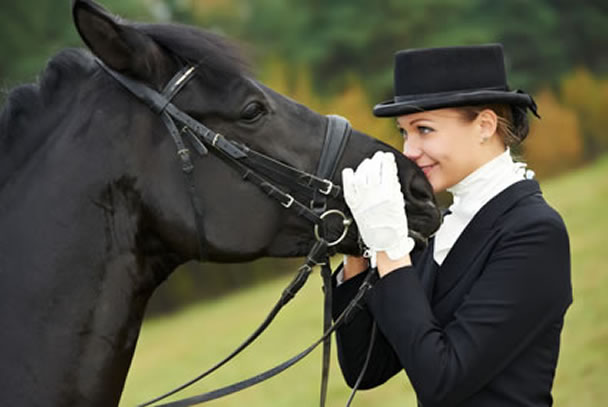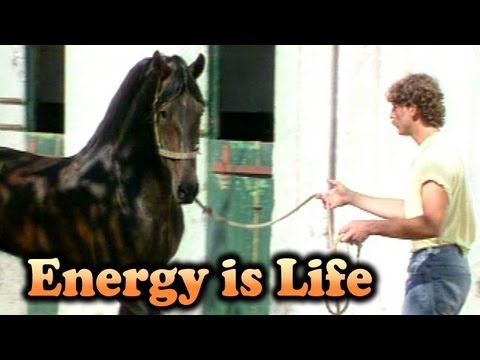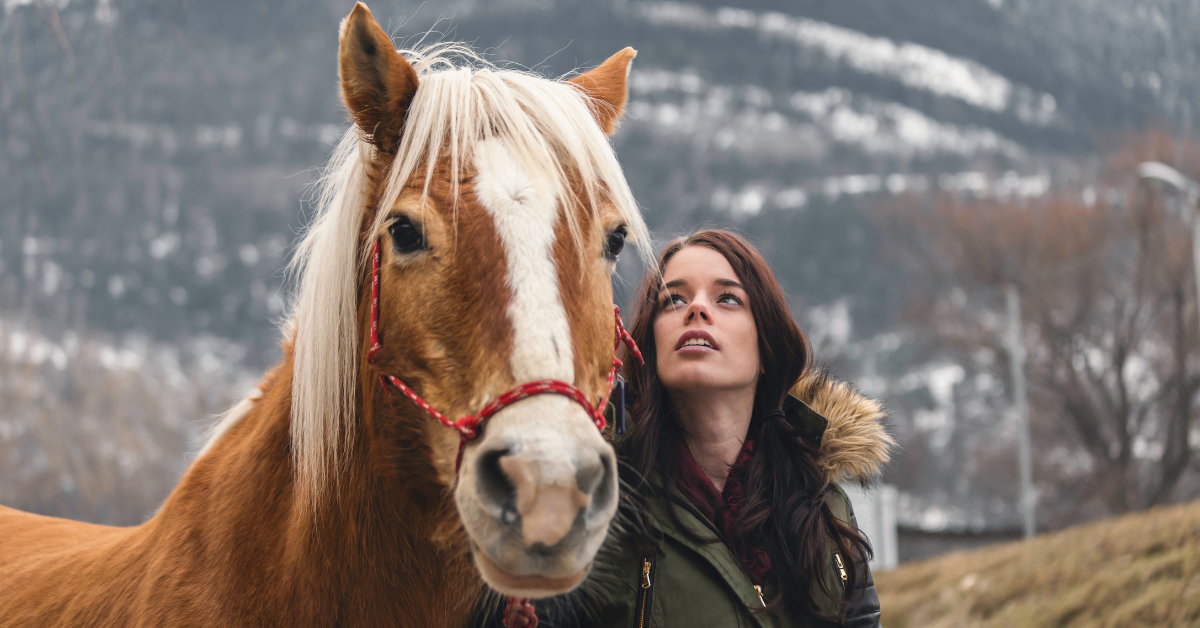How to Communicate with Your Horse as a New Rider

Communicating effectively with your horse is essential for building trust, ensuring safety, and enhancing your riding experience. As a new rider, understanding your horse’s language and signals can seem challenging, but with patience and practice, you can develop a strong bond. This article will guide you through the basics of horse communication, practical techniques, and tips to help you connect with your equine partner.
Understanding Horse Communication

Horses communicate primarily through body language, vocalizations, and behavior. Recognizing these signals is the first step in effective communication.
| Communication Method | Description | Examples |
|---|---|---|
| Body Language | Movements and postures that convey emotions or intentions | Ear position, tail swishing, head tossing |
| Vocalizations | Sounds made to express feelings or needs | Neighing, nickering, snorting |
| Behavior | Actions that indicate mood or reactions | Pawing, biting, following |
Key Body Language Signals to Know
- Ears: Forward ears indicate interest or curiosity; pinned back ears signal anger or discomfort.
- Eyes: Wide eyes can show fear or excitement; soft eyes indicate relaxation.
- Tail: A swishing tail may mean irritation; a relaxed tail shows calmness.
Steps to Improve Communication
- Observe Your Horse: Spend time watching your horse’s natural behaviors and reactions.
- Use Consistent Cues: Whether using reins, voice, or body position, consistency helps your horse understand your commands.
- Positive Reinforcement: Reward good behavior with treats, pats, or soothing words to encourage repetition.
- Be Patient: Building communication takes time; avoid rushing or forcing interactions.
Practical Tips for New Riders
- Approach your horse calmly and confidently.
- Speak in a gentle, clear voice.
- Maintain a relaxed posture to avoid signaling tension.
- Learn to read your horse’s mood before mounting.
Frequently Asked Questions (FAQ)
Q1: How long does it take to communicate effectively with a horse?
A: It varies, but with regular practice, many riders start noticing improvements within a few weeks.
Q2: Can I communicate with my horse without riding?
A: Absolutely. Groundwork and grooming are excellent ways to build communication.
Q3: What if my horse doesn’t respond to my cues?
A: Reassess your cues for clarity and consistency, and consider consulting a trainer if needed.
Summary
Effective communication with your horse is a rewarding journey that enhances safety and enjoyment. By understanding your horse’s language, using consistent cues, and practicing patience, you can build a strong, trusting relationship that benefits both you and your equine companion.
Would you like me to help improve the clarity or add more detailed examples to any section? Here are some follow-up tasks you can ask for:
- Expand the FAQ section
- Add more body language examples
- Include a beginner’s communication checklist
